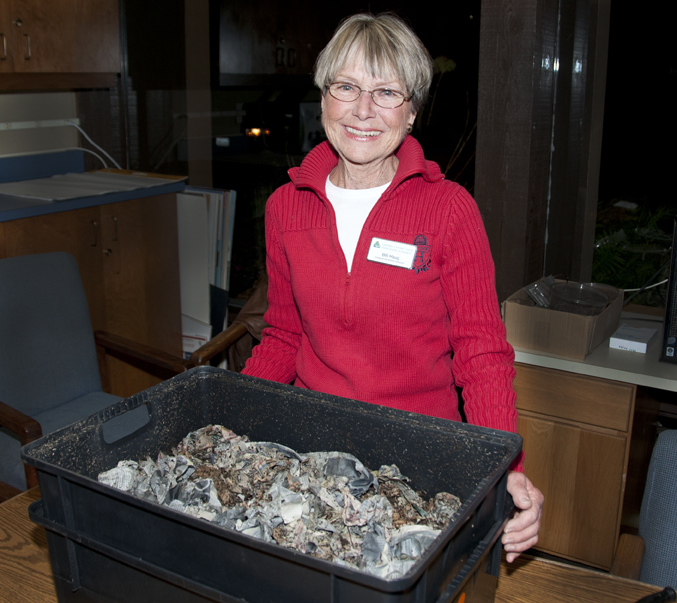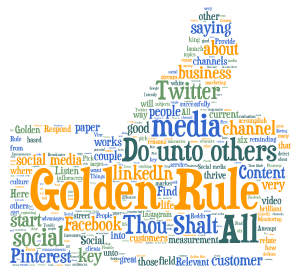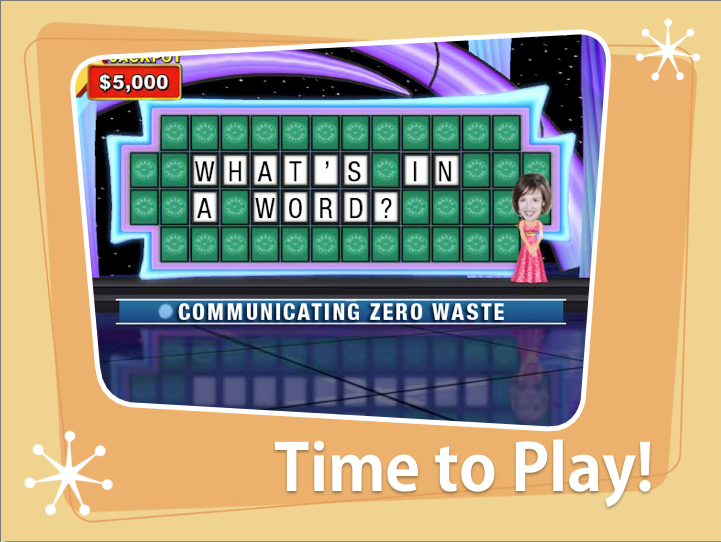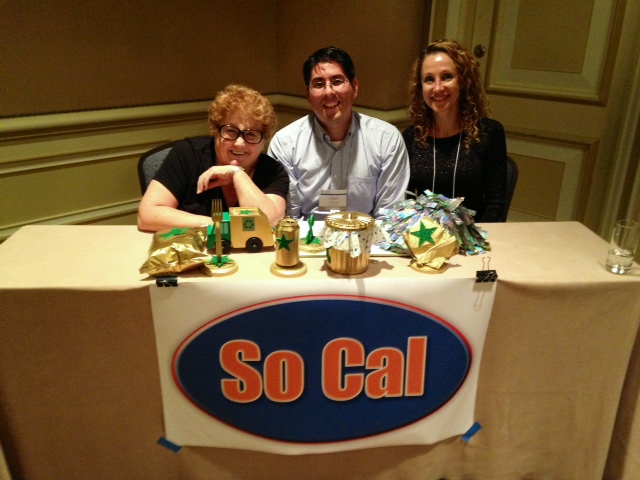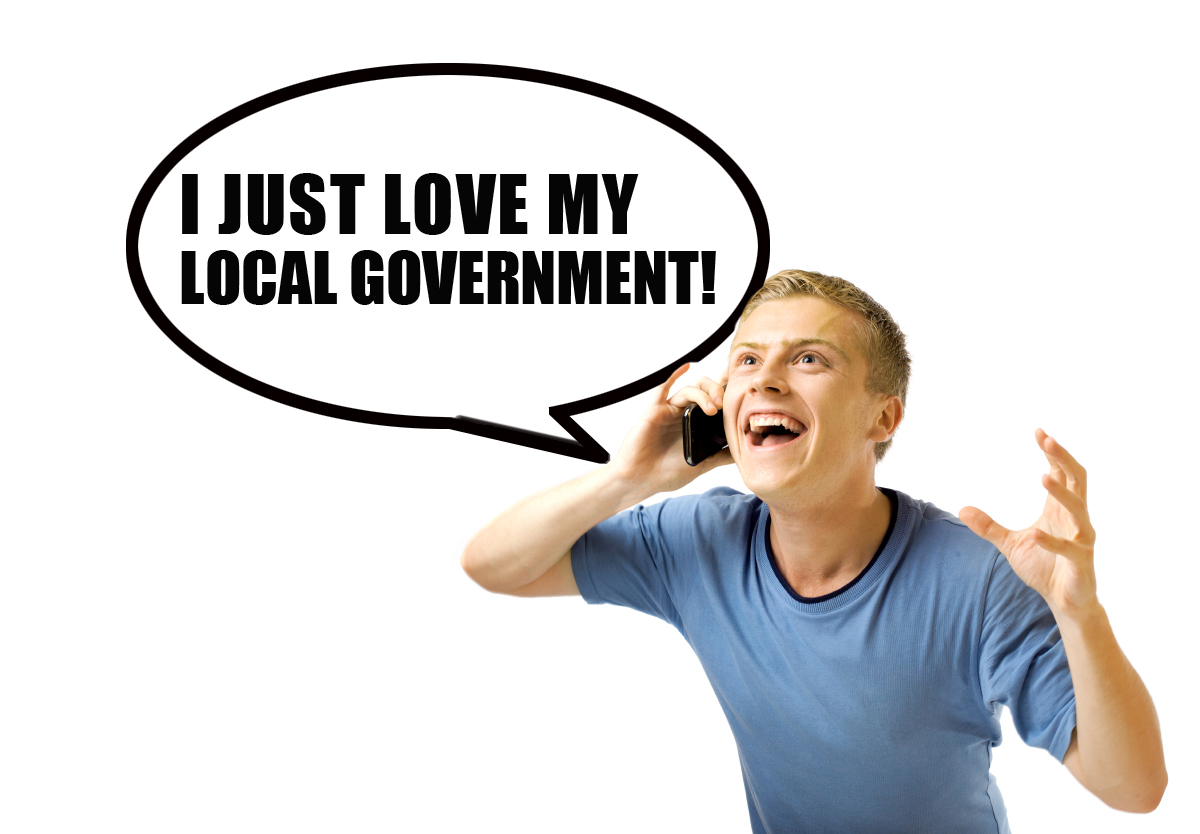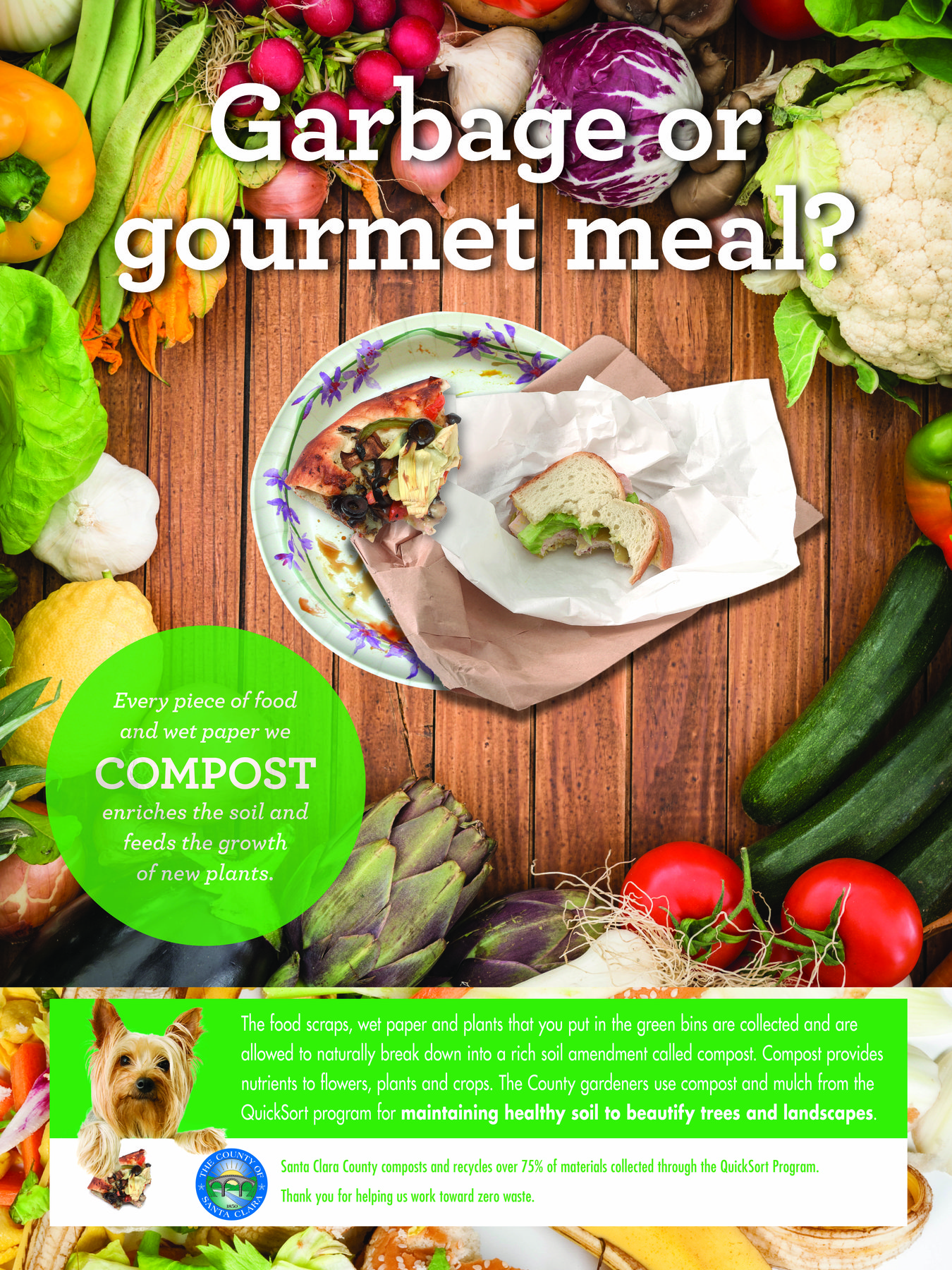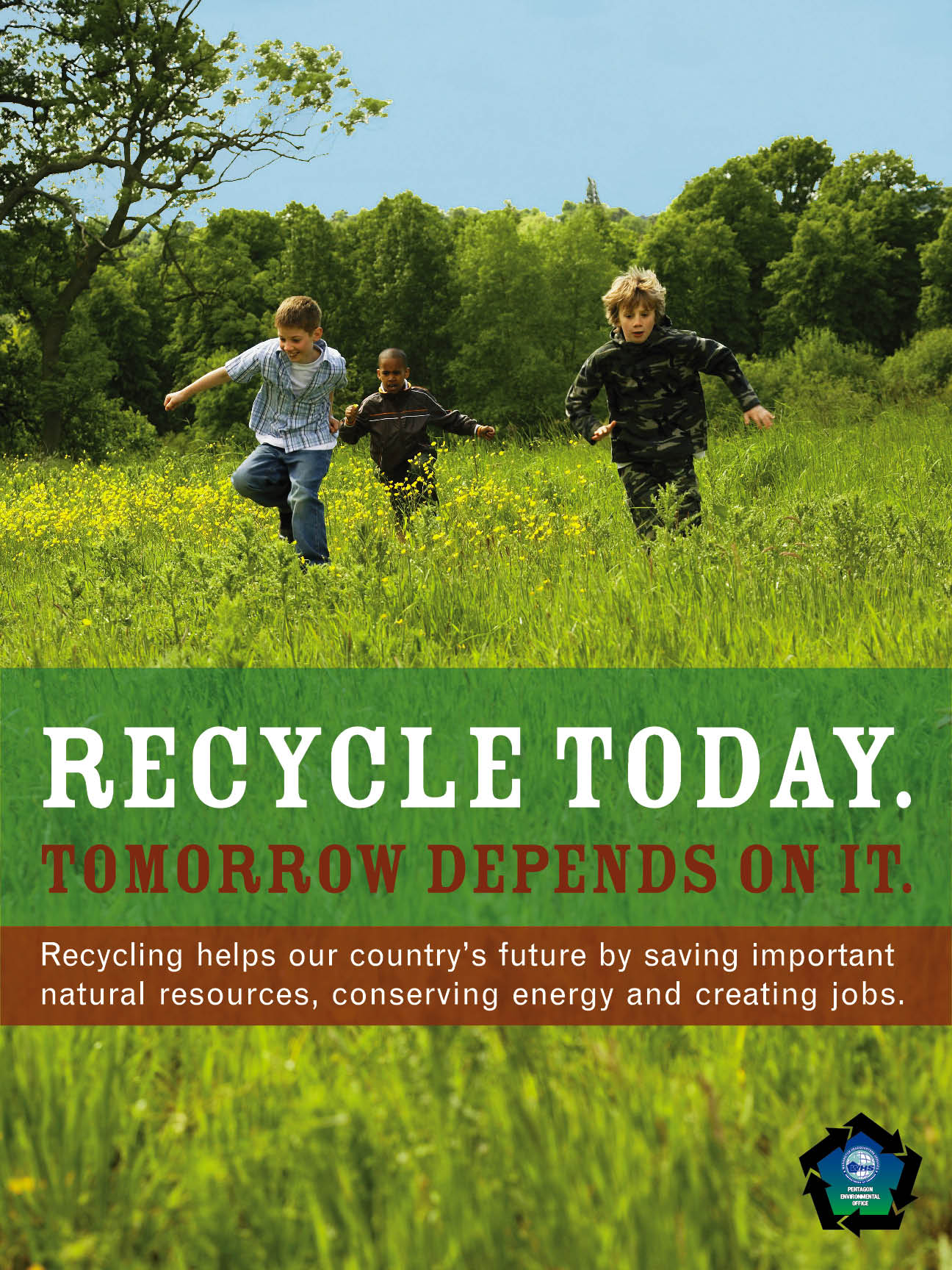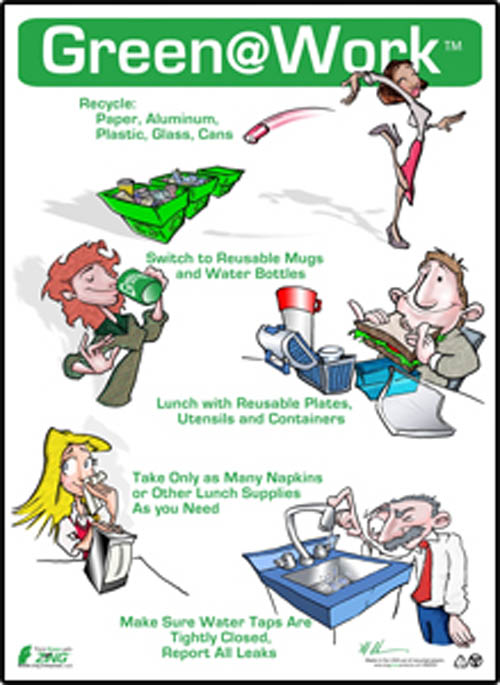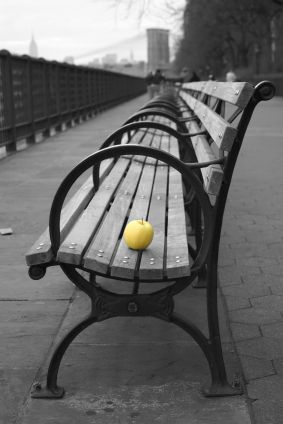 There’s a cool video that has been circulating for a few years, affectionately called the “Dancing Guy” video. “Dancing Guy” originated as a TED talk by Derek Sivers, and in a fairly short time the two official versions of the video have been viewed over three million times. Now used in M.B.A. programs to teach about entrepreneurship, it’s also got some great lessons for behavior change outreach:
There’s a cool video that has been circulating for a few years, affectionately called the “Dancing Guy” video. “Dancing Guy” originated as a TED talk by Derek Sivers, and in a fairly short time the two official versions of the video have been viewed over three million times. Now used in M.B.A. programs to teach about entrepreneurship, it’s also got some great lessons for behavior change outreach:
Here are three ways the shirtless Dancing Guy can help us with environmental outreach:
Be easy to follow. It’s easy to make behavior change outreach hard. All those exceptions, what-ifs, and “it depends” can get in the way of those who are ready to follow. When planning green outreach, see how you can prioritize the main behavior you want to promote, then simplify your message.
Nurture your first few followers as equals. For green behavior change, your first followers are usually idealistic, community-minded early adopters who want to help. Consider how you can enable them to spread the word about food scrap recycling, water conservation, or whatever your target behavior is, by providing tools, encouragement and eventually, recognition.
A movement must be public. Don’t hide your light under a bushel. In the case of your agency, that may mean getting out in the community by staffing events and talking to your constituents face-to-face. Or maybe it means engaging in social media conversations with other community organizations, or sponsoring a flash mob downtown.
That’s just a few of the lessons we see from the shirtless Dancing Guy – do you see others? In any case, here’s to the leaders, the first followers, and creating a movement that matters.
P.S.—For those of you skeptics out there, it looks as if the video really was not staged; see here.
